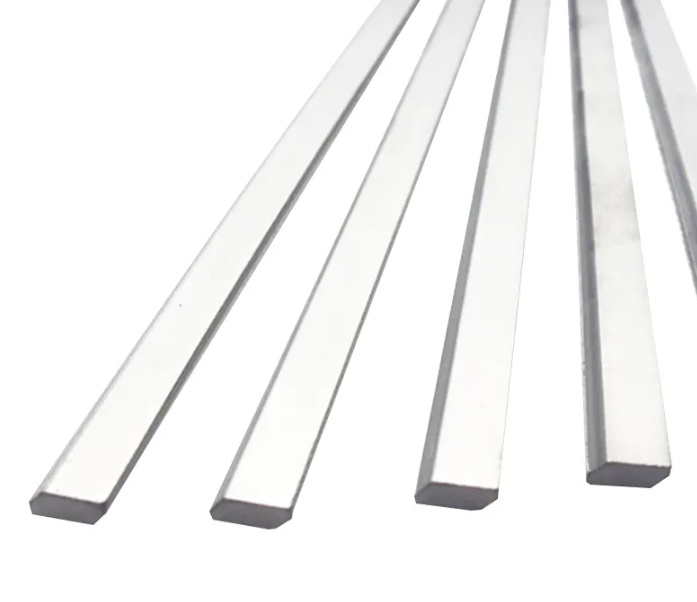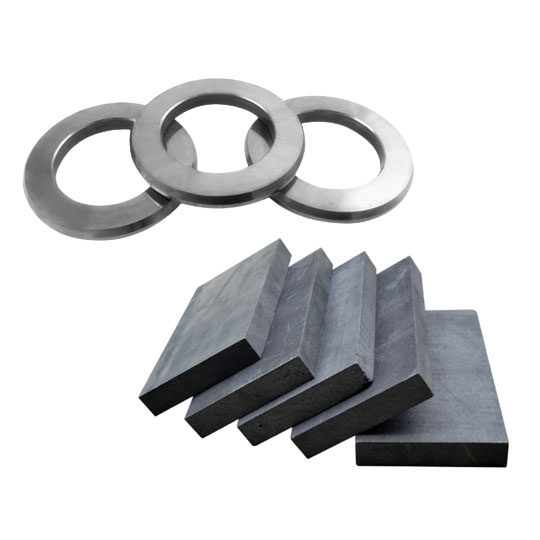Qu'est-ce qu'une plaque en carbure ?
Plaques en carbure sont un type de matériau composite, généralement composé de carbure de tungstène (WC) et un métal liant comme cobalt (Co). Imaginez du béton - des agrégats de pierre liés par du ciment. Remplacez la pierre par des particules de carbure de tungstène et le ciment par du cobalt, et vous obtenez la structure de base d'une plaque de carbure.
Qu'est-ce qui les rend si spéciaux ? C'est leur dureté et résistance à l'usure. Le carbure de tungstène est l'un des matériaux les plus durs que l'on connaisse. 9 sur l'échelle de Mohs, à peine plus que le diamant. Cette dureté en fait un matériau idéal pour les environnements industriels où les pièces sont soumises à des frottements, des chaleurs et des chocs intenses. Ces plaques sont frittées, c'est-à-dire cuites à haute température, pour obtenir leur structure ultra-résistante.
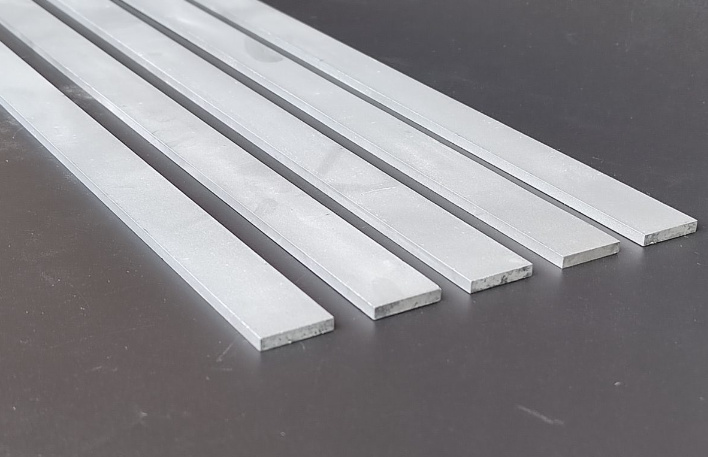
Comment Plaques de carbure Prolonger la durée de vie
Entrons dans le vif du sujet...Comment les plaques de carbure prolongent-elles la durée de vie ??
En termes simples : ils prennent le relais pour que votre équipement n'ait pas à être endommagé.. Les machines industrielles sont confrontées à des ennemis redoutables : l'abrasion, la corrosion, la chaleur et les contraintes mécaniques. Sans protection, les composants critiques s'useraient rapidement, entraînant des arrêts fréquents et des réparations coûteuses. Les plaques de carbure agissent comme une zone tampon. Elles absorbent l'usure et les contraintes.
C'est un peu comme si vous utilisiez un étui pour votre téléphone. Certes, votre téléphone peut survivre à quelques chutes, mais si vous lui appliquez un étui robuste, il durera soudain trois fois plus longtemps. C'est le même principe avec les plaques de carbure.
Voici quelques-uns des principaux avantages de l'utilisation des plaques en carbure :
- Résistance à l'abrasion: Le carbure de tungstène résiste mieux aux rayures et à la perte de matière que l'acier ou le fer.
- Stabilité thermique: Ces plaques peuvent supporter des températures élevées sans se ramollir.
- Résistance à la corrosion: Surtout lorsqu'ils sont correctement alliés.
- Résistance aux chocs: Ils ne se brisent pas sous l'effet de chocs soudains comme le font les céramiques.
Lorsqu'elles sont intégrées dans des zones à fort coefficient de frottement (godets d'excavateurs, outils de forage ou lames de convoyeurs), les plaques de carbure prolonger la durée de vie des équipements jusqu'à 5 foisSelon de nombreuses études de terrain menées dans le cadre d'opérations d'extraction minière et pétrolière.
Comparaison avec d'autres matériaux
Comment les plaques en carbure se situent-elles par rapport à la concurrence ? Comparons-les à l'acier, la céramique et les alliages à haute vitesse.
Plaques d'acier et plaques de carbure :
- L'acier est moins cher et plus facile à usiner.
- Le carbure est jusqu'à 10 fois plus fort.
- L'acier s'use plus rapidement dans des conditions abrasives.
Plaques en céramique et plaques en carbure :
- Les céramiques sont très dures et résistantes à la corrosion.
- Mais la céramique est fragile-Le faire tomber, et il se brise.
- Carbide offre une meilleur équilibre entre la dureté et la ténacité.
Plaques en acier rapide (HSS) et plaques en carbure :
- Le HSS est excellent pour la coupe, mais il se ramollit à des températures élevées.
- Le carbure conserve sa forme et sa résistance même à 1,000°C.
| Matériau | Dureté (Vickers) | Température de fonctionnement maximale | Solidité | Résistance à l'usure | Coût |
|---|---|---|---|---|---|
| Acier | 150-300 | ~400°C | Haut | Modéré | Faible |
| Céramique | 1,000+ | ~1,200°C | Faible | Haut | Haut |
| HSS | 600-800 | ~600°C | Modéré | Modéré | Moyen |
| Carbure | 1,200-1,800 | ~1,000°C | Haut | Très élevé | Haut |
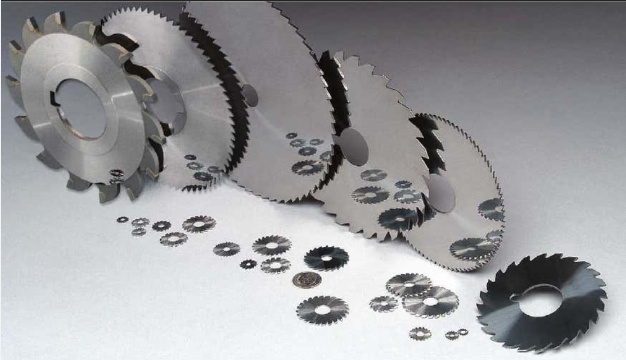
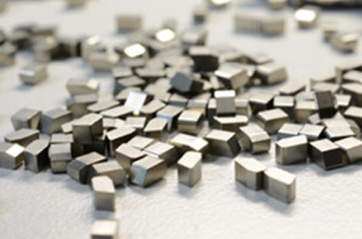
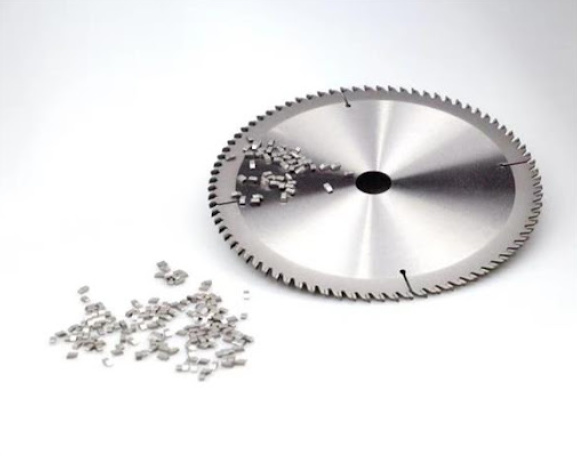
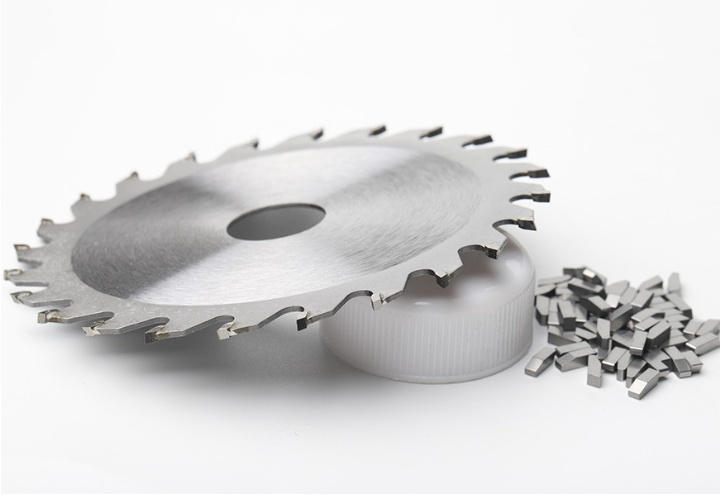

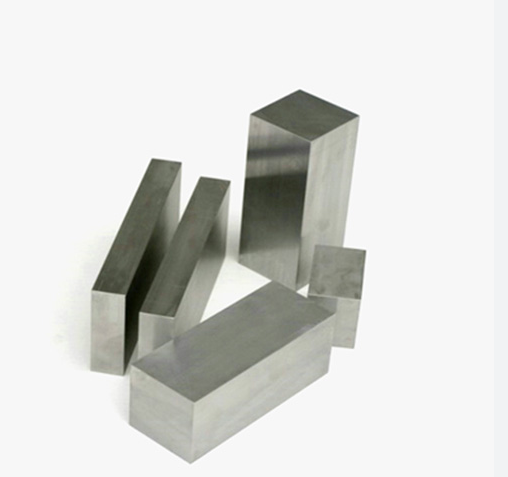
Applications concrètes ou études de cas
Parlons du monde réel. Plaques en carbure ne sont pas seulement des merveilles testées en laboratoire - elles ont fait leurs preuves en les mines, les champs pétrolifères, les usines et les forêts.
1. Secteur minier : Dans les mines souterraines, des équipements tels que goulottes de transport et dents de godet se brisent souvent à cause de l'abrasion de la roche. Une mine de cuivre au Chili a modernisé ses excavatrices en les dotant de dents revêtues de carbure. Résultat ? La durée de vie de l'équipement est passée de 2 mois à plus de 8 mois.
2. Forage de pétrole et de gaz : Les mèches revêtues de plaques de carbure de tungstène peuvent percer des trous. roche solide couches. Dans le Dakota du Nord, une société de forage de schiste a déclaré 35% moins de remplacements d'embouts chaque année après l'adoption d'outils à base de carbure.
3. Transformation du bois : Les broyeurs de bois consomment rapidement les lames. Une entreprise forestière canadienne a adopté des couteaux de déchiqueteuse à pointe en carbure et le nombre de changements de lames a chuté de 70%.
4. Cimenteries : Ces environnements sont poussiéreux, chauds et abrasifs. Les plaques de carbure sont utilisées dans les pales de ventilateur, les buses et les goulottes d'alimentationLes intervalles de remplacement sont ainsi prolongés de plusieurs mois.
5. Machines agricoles : Les moissonneuses et les motoculteurs équipés de plaques en carbure traversent le sol et les racines avec beaucoup moins de temps d'arrêt.
Conseils pour choisir les bonnes plaques de carbure
Le choix de la bonne plaque de carbure n'est pas une affaire de taille unique. Voici ce qu'il faut prendre en compte :
1. Type d'usure :
- Abrasif? Allez-y pour plaques à haute teneur en tungstène.
- Corrosif? Utiliser des plaques avec liants en nickel ou résistants à la corrosion.
2. Température de fonctionnement :
- Certaines plaques résistent à plus de 1 000 °C. Vérifiez la résistance à la chaleur !
3. Géométrie des plaques :
- Couches minces ou carreaux épais ? Adaptez-les à votre machine.
4. Méthode de fixation :
- Boulonner ? A souder ? Brasé ? Cela dépend de votre processus d'assemblage.
5. Fournisseurs de confiance :
- S'en tenir à Fabricants certifiés ISO. Vous n'achetez pas seulement une plaque, vous achetez un temps de fonctionnement.
Modèles de poudres métalliques de pointe pour Plaques de carbure
| Modèle | Composition | Propriétés notables | Applications |
|---|---|---|---|
| WC-Co 6% | 94% WC, 6% Co | Haute ténacité | Outils d'exploitation minière |
| WC-Co 10% | 90% WC, 10% Co | Équilibre entre force et résistance | Plaquettes de fraisage |
| WC-Co 12% | 88% WC, 12% Co | Résistance accrue aux chocs | Forage pétrolier |
| WC-CoNiCr | WC avec liant Ni-Cr | Résistance à la corrosion | Marine/chimique |
| WC-TiC | WC + carbure de titane | Résistance thermique élevée | Outils aérospatiaux |
| WC-Ni | WC + Nickel | Meilleure résistance à la corrosion | Transformation des aliments |
| Cr3C2-NiCr | Carbure de chrome | Résistance à l'oxydation | Pulvérisation thermique |
| TiC | Carbure de titane | Léger et résistant | Outils légers |
| VC-Co | Carbure de vanadium | Excellent contrôle de la croissance des céréales | Plaquettes de coupe |
| NbC-Co | Carbure de niobium | Amélioration de la dureté à chaud | Fabrication de matrices |

FAQ
| Question | Réponse |
|---|---|
| De quoi sont faites les plaques de carbure ? | Il s'agit généralement de carbure de tungstène mélangé à du cobalt ou du nickel comme liant. |
| Comment résistent-ils à l'usure ? | Leur dureté et leur résistance extrêmes leur permettent de supporter l'abrasion, la chaleur et les chocs. |
| Où sont-ils utilisés ? | Exploitation minière, pétrole et gaz, industrie manufacturière, sylviculture, agriculture, etc. |
| Les plaques de carbure sont-elles fragiles ? | Non, ils sont plus solides que les céramiques et sont conçus pour résister aux fissures. |
| Les plaques en carbure peuvent-elles supporter la chaleur ? | Oui, beaucoup peuvent fonctionner à des températures allant jusqu'à 1 000°C. |
| Combien de temps durent-ils ? | Selon les conditions, elles peuvent durer de 2 à 5 fois plus longtemps que les pièces en acier. |
| Sont-ils chers ? | Oui, mais ils offrent un meilleur retour sur investissement en raison de la réduction des temps d'arrêt et du remplacement des pièces. |
| Quelle est la meilleure formule de carbure ? | Dépend de l'utilisation - WC-Co pour l'usure générale, WC-CoNiCr pour les travaux à forte corrosion. |
| Comment sont-ils installés ? | Par soudage, brasage ou fixation mécanique (boulons). |
| Puis-je utiliser des plaques en carbure dans l'industrie alimentaire ? | Oui, si l'on utilise des qualités à liant nickel comme le WC-Ni. |

